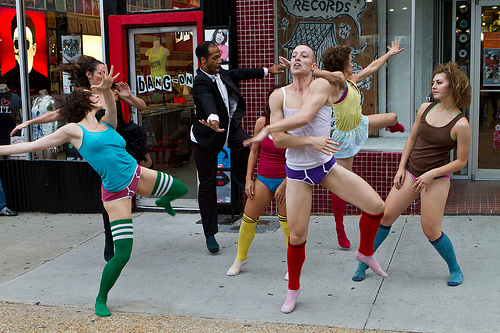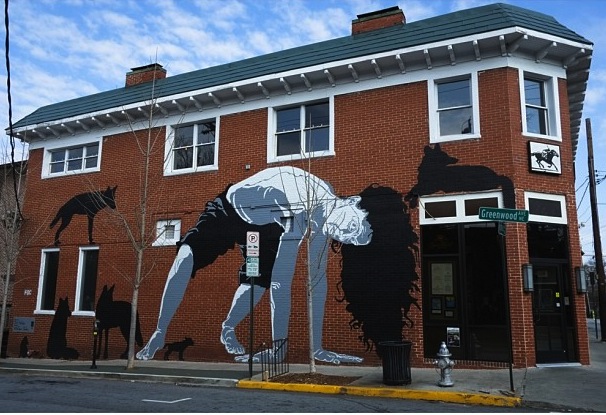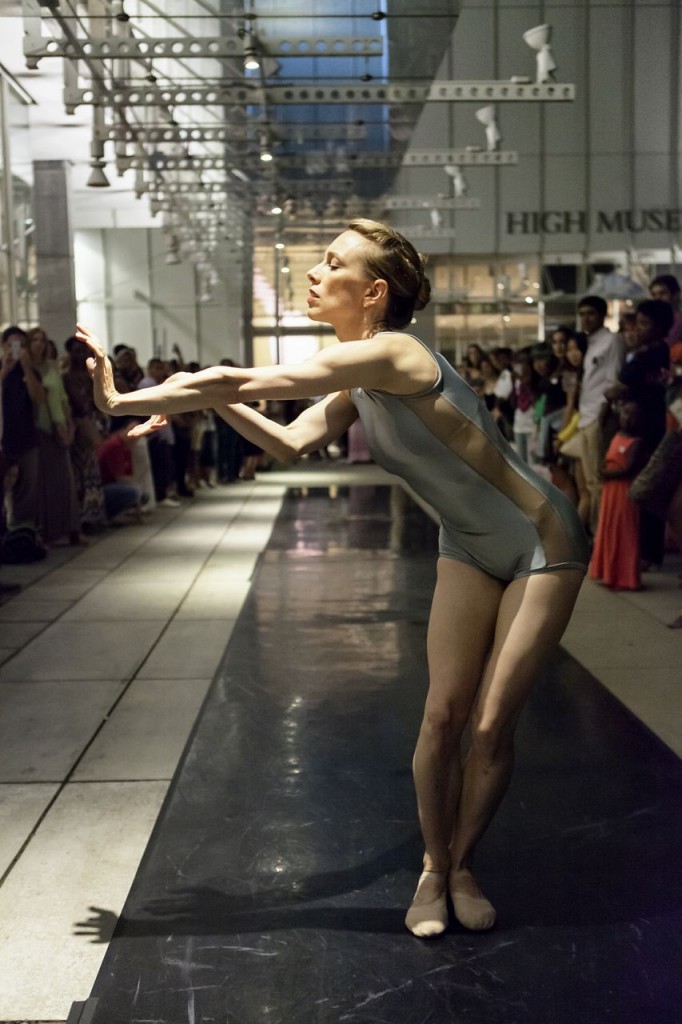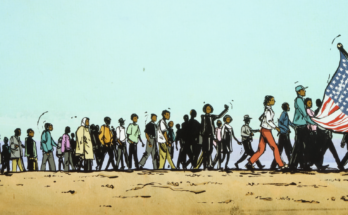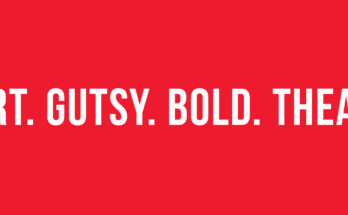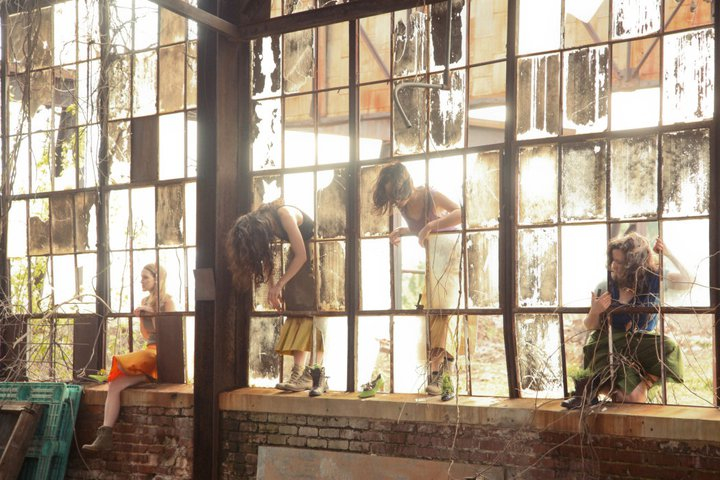
IN THE PAST FEW DECADES, thanks to inflated costs and a nasty and prolonged economic recession, the arts have gained a reputation as something only the wealthy can afford. Not true.
From ancient Greece to Shakespearean England, the arts have been populist entertainment, you just need to know where to look. Music, theater and dance were considered essential elements of the community, vital to the cultural health of its citizens. But as the lines dividing art from commerce keep blurring, both artists and audiences are feeling the pinch.
The guerrilla, or street art, scene takes the arts back to the people. It’s any form of art designed for display or performance in a public space that’s not specifically sanctioned or commissioned by government entities. Here, that means everything from dance in the beds of pickup trucks to gigantic paintings on the sides of buildings, from Atlanta Ballet dancers flexing contemporary muscle to theater companies like Serenbe and 7 Stages performing in the great outdoors or large industrial spaces. Here’s a look at some of Atlanta’s coolest guerrilla art projects:
ATLANTA DANCE TRUCK
Citing “a lack of accessible venues, limited performance opportunities, and a fragmented presence in the greater cultural community,” Malina Rodriguez co-founded Dance Truck in 2009 as an artist-centered creative collaboration. The concept is as brilliant as it is simple: Use a truck (from pickups to food trucks) as portable platforms on which to introduce innovative contemporary dance to new audiences. “I think the Dance Truck story is representative of an Atlanta trend,” Rodriguez says, “performing outdoors out of necessity. We discovered it was a great audience-development tool, and now our hope is that the success with audiences will translate into patronage, so that artists’ work can be sustainable and their careers in Atlanta truly viable.” You can never tell quite when or where Dance Truck will pop up. Info: http://www.dancetruck.org/
glo takes its name from the Dutch meaning of “glow,” a group of people who congregate to witness a unique event. The company, founded in 2009 by choreographer Lauri Stallings, is known for its highly physical contemporary performances, experimentation and efforts to depict and deepen human relationships. glo is part choreography and part interactive art installation. The company — it calls itself a platform — consists of 51 artists who call Goodson Yard at the Goat Farm Arts Center their home. It’s where they created Tanz Farm: a performance anthology. This year’s edition of Tanz Farm begins Oct. 21 and runs through May 24, 2014. You may also have heard of gloATL’s Liquid Culture series. Info: http://gloatl.org/ and http://tanzfarm.com (Pictured: gloATL’s takes Liquid Culture to Euclid Avenue in Little Five Points.)
LIVING WALLS ATLANTA
Founded in 2009, Living Walls began as a concept for an art gallery show, grew into an annual conference, and is evolving into year-round programming that promotes, educates and changes perspectives about public spaces via street art. The annual conference — with films, lectures, block parties and bike tours — happens each August; throughout the year look for artist lectures, workshops, gallery exhibitions and mural series. The goal: to create a more intimate relationship between artist and community. Living Walls Atlanta communications director Alexandra Parrish compares street art to the anti-institutional philosophies of the 1920s surrealists and points out that graffiti has moved in recent years from trains and abandoned buildings to festivals and art galleries. Living Walls, she says, aims to “creatively connect different parts of society without the filter of museums” and “to create thought-provoking work.” Info: http://livingwallsatl.com/ (Pictured: Atlanta artist Matt Hafner’s enlivened wall on Greenwood Avenue.)
Wabi Sabi was created in 2011 by longtime Atlanta Ballet dancer John Welker to educate and inspire the community via dance that “challenges new audiences, fosters the next generation of choreographic talent and pushes the boundaries of ballet.” Wabi-sabi, at its most basic, is the Japanese art of finding beauty in imperfection and profoundness in nature. Several times a year, these dancers step away from traditional venues and offer free, public, world premiere performances — at the Michael C. Carlos Dance Centre (its home), at the Atlanta Botanical Garden or any number of outdoor venues. Info: http://www.atlantaballet.com/wabi-sabi (Pictured: Wabi Sabi’s Christine Winkler in a performance at the High Museum of Art.)
GOAT FARM ARTS CENTER
Any conversation about Atlanta’s indie arts scene must include this 12-acre creative outpost in West Midtown. It houses 450 artists and five performance groups (including gloATL, Saiah Arts International and The Collective Project), and presents more than 150 performances and exhibitions each year. Owner Anthony Harper says this dense collision of divergent disciplines is an experiment designed to expand the boundaries of each. “We want to develop a ‘cultural badge’ that Atlantans can boast of,” he says. “If you fancy yourself a forward-thinking person, then move to forward-thinking Atlanta and contribute to the social and economic fabric of this city. If a place like the Goat Farm can exist in Atlanta, then your unorthodox ideas might find a home here as well.” Info: https://www.facebook.com/TheGoatFarmArtsCenter

